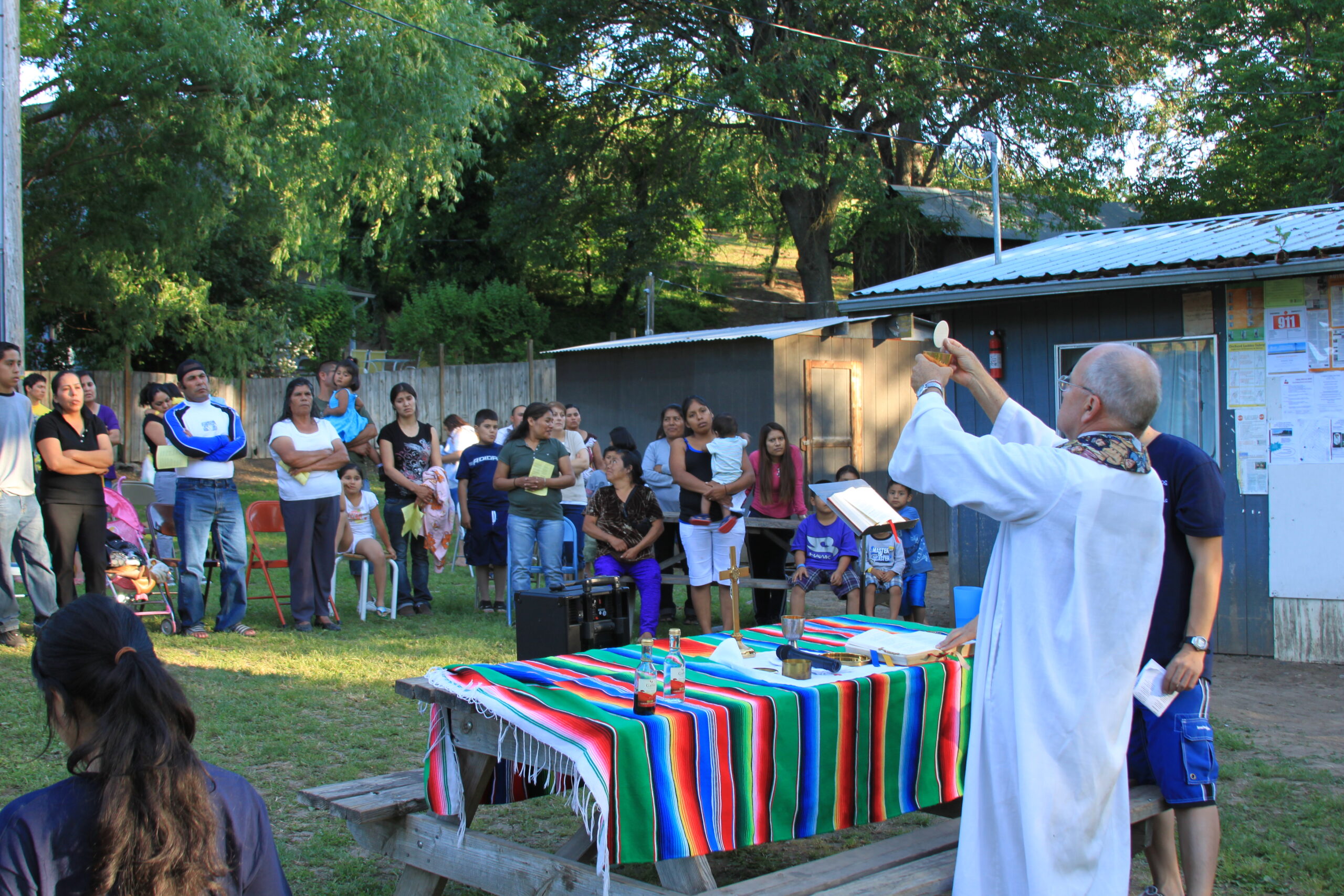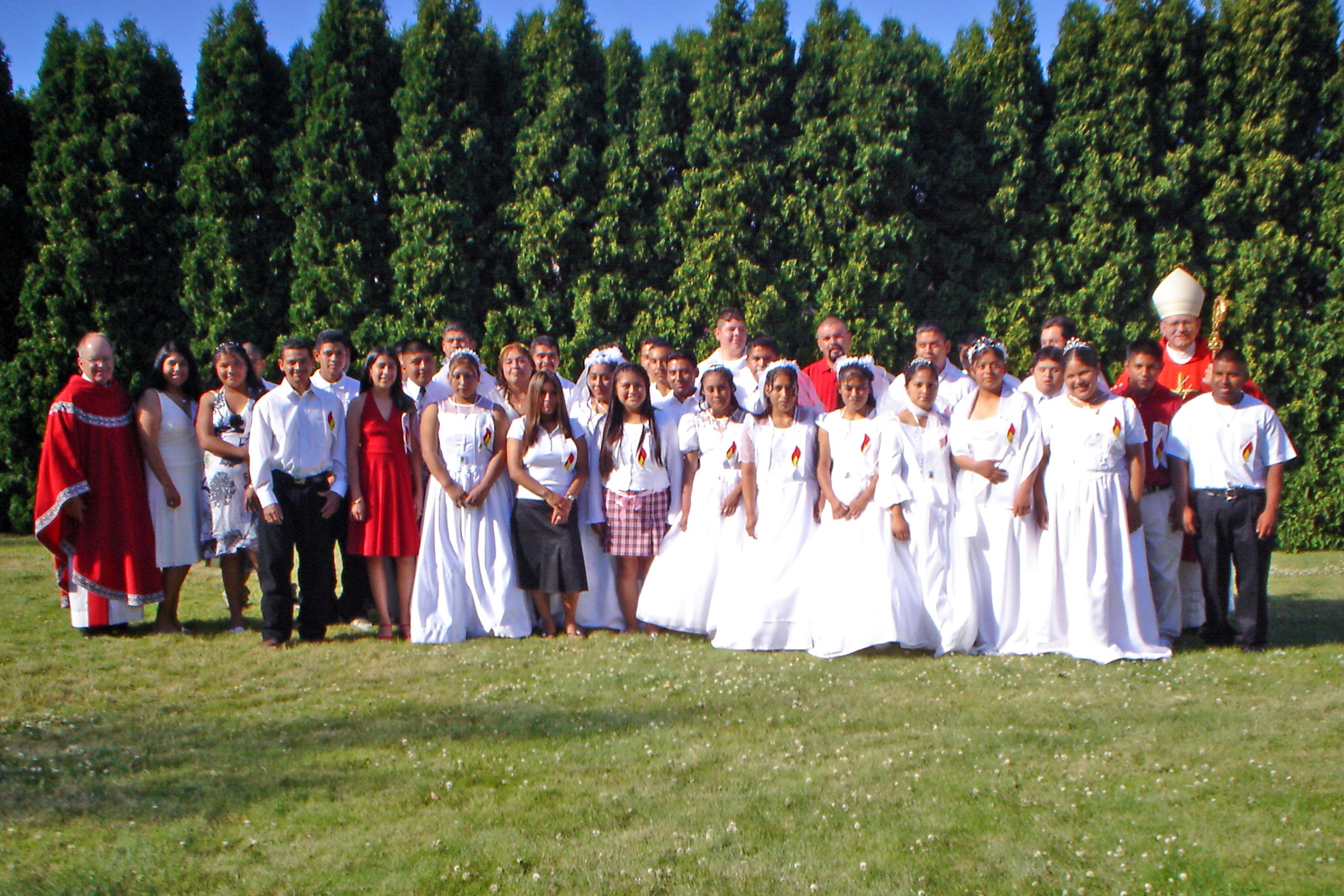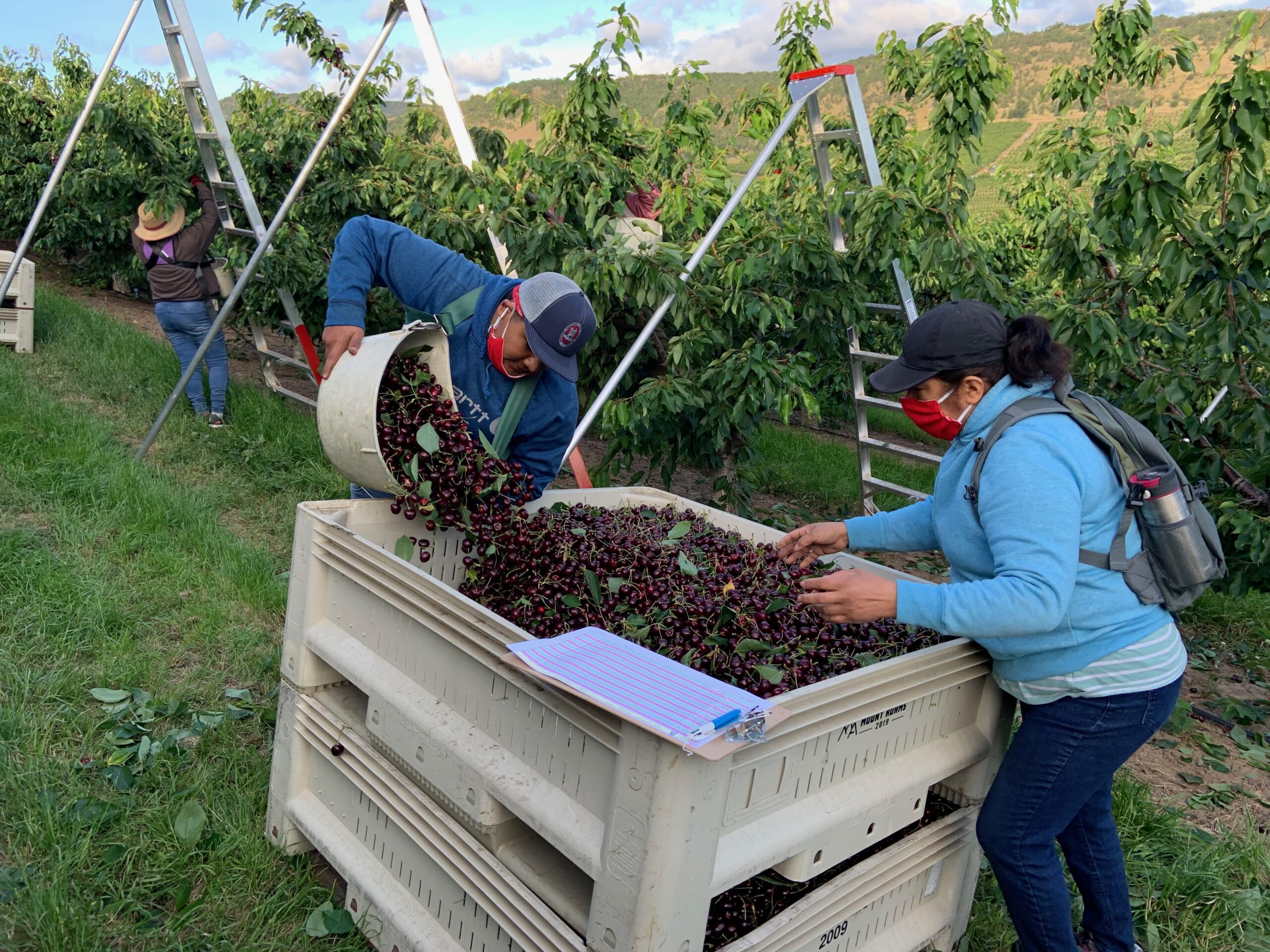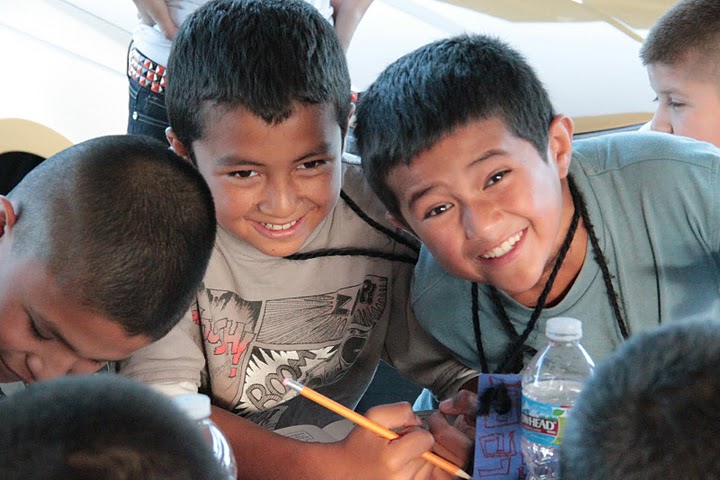Mission of Padre Migrante: Reconociendo la fe – Recognizing Faith
Acabo de ofrecer una manera de recibir estos blogs, voy a explicar la misión de la página: padremigrante.org. Si quiere recibir este blog diario, inscribe en http://padremigrante.org
I am learning about website management slowly. I will re-write the earliest blogs that explain the mission of the webpage, http://padremigrante.org. If you wish to receive the daily blog, subscribe at the website.
Reconociendo la fe
Mi mudanza oficial a Denver se produjo en junio de 1991, pero necesitaba tiempo para atar cabos sueltos en nuestra oficina de vocaciones en St. Louis, antes de llegar a Denver en septiembre. Para presentarme a la comunidad de habla español, celebré mi primera misa en español el 15 de septiembre, el día antes del Día de la Independencia de México. Pude leer la misa en español, pero no estaba listo para predicar en español. Otro redentorista ofreció la homilía y se fue después de predicar la homilía. Antes de la Misa, me dijo que terminara la Misa en reconocimiento al Día de la Independencia de México.
Siguiendo sus instrucciones, después de la bendición final, grité tres “gritos”; ¡Que viva la raza! ¡Que viva la patria! ¡Que viva la Virgen! La gente respondió más fuerte al tercer grito. Gritando “¡Que viva la Virgen!”, me sentí muy a gusto en esta comunidad de creyentes. Honrar a la Virgen María es únicamente católico. Conocía su fe. En los “gritos”, las personas a quienes fui a Denver para servir proclamaron su fe, su catolicismo, su alegría en el Evangelio. Esta comunidad estaba orgullosa de ser católica.
En los Estados Unidos, es común que los políticos terminen sus discursos proclamando “Que Dios bendiga a los Estados Unidos”. La comunidad hispana de la parroquia San José proclamó orgullo en identidad; orgulloso de su raza, su país de origen y su fe. Ese día me di cuenta de que mi llamado a trabajar con los migrantes, personas al margen de la sociedad, o como dice el Papa Francisco, “en la periferia”, solo se puede cumplir reconociendo su dignidad y fe.
Poco después de esa misa, fui a México para comenzar mi caminata con el migrante e inmigrante hispano. En el santuario de Nuestra Señora de Guadalupe, le pedí a la Virgen y a Juan Diego que me ayudaran a ser “Guadalupano”.
(blog de mañana: Camina con mi pueblo)
Recognizing Faith
My official move to Denver came in June 1991, but I needed time to tie up loose ends at our vocation office in St. Louis, before arriving in Denver in early September. To present myself to the Spanish speaking community, my first Mass in Spanish took place on September 15, the day before Mexican Independence Day. I was able to read Spanish for the Mass, but was not ready to preach in Spanish. Another Redemptorist offered the homily, and he left after preaching the homily. Before the Mass, he told me to end the Mass recognizing Mexican Independence Day.
Following his instruction, after the final blessing, I shouted three “gritos” (cheers); ¡Que viva la raza! ¡Que viva la patria! ¡Que viva la Virgen! The people responded loudest to the third grito, “Long live the Virgin,” I felt very comfortable in this community of believers. Honor for the Virgin Mary is uniquely Catholic. I knew their faith. In the “gritos”, the people whom I went to Denver to serve proclaimed their faith, their Catholicism, their joy in the Gospel. This community was proud to be Catholic.
In the United States, it is common for politicians to end speeches proclaiming, “God bless the U.S.A.” The Hispanic community of St. Joseph parish in Denver took pride in their personal identity; proud of their race, their country of origin and their faith. That day I realized that my call to work with migrants, people on the margins of society, or as Pope Francis says, “on the periphery,” can only be accomplished by recognizing their dignity and faith.
Shortly after that Mass, I went to Mexico to begin my walk with the Hispanic migrant and immigrant. At the shrine of Our Lady of Guadalupe, I asked the Virgin and Juan Diego to help me be a “Guadalupano.”
(tomorrow’s blog: Walk with my people)
Oh Jesús, tú nos llamas: “Síganme”. Bendice, Señor, a todos los que acogen tu llamado. Puede que el camino no sea fácil, pero tenemos la confianza de que todo es posible si caminamos contigo. Que este viaje nos abra los ojos a las maravillas de tu amor por nosotros. Oramos por toda tu gente, por todos los creyentes e incrédulos, por los líderes y seguidores. Oramos por la sanación, el perdón, la compasión, la justicia y la paz. Oramos para que, al seguirte, nosotros también podamos ser pescadores de hombres. Bendícenos en nuestro viaje.
O Jesus, you call us, “Come after me.” Bless, O Lord, all who welcome your call. The path may not be easy, but we have confidence that all things are possible if we walk with you. May this journey, open our eyes to the wonders of your love for us. We pray for all your people, for all believers and unbelievers, for leaders and followers. We pray for healing, for forgiveness, for compassion, for justice, for peace. We pray that as we follow you, we too can be fishers of men. Bless us on our journey.



